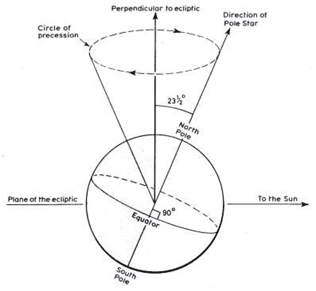Galactic Proportions
If it takes over 222 million years for our solar system to complete one cycle around the galactic core, we’re obviously talking about periods of time too long to have meaning.
Because our solar system travels on a flower-petal shape around our galactic core, we both gain and lose understanding depending on our cycle. Sometimes we close in on it, which allows extremely high cultures to develop on Earth. At other times we move further away, and this is when knowledge flickers out. Within the great ages or precessional equinoxes are micro ages (long counts), where these patterns play out on a faster basis.
Closer to home, Earth’s path around the Sun is not an ellipse (as we thought) but a lotus shape. This is created from the fulcrum we share with Venus.

As astute observers of the night sky, however, we can notice changes that take place on a millennial basis. Stars above us seem to change place in the firmament because we are a binary system. This movement of our view (or the cosmic dance between Horus and Set) we have termed “the precession of the equinoxes”. It takes nearly 26,000 years for the night sky to return to the same point because of this.

As our next great step we will be evolving with the Age of Aquarius.
